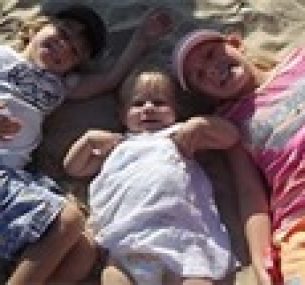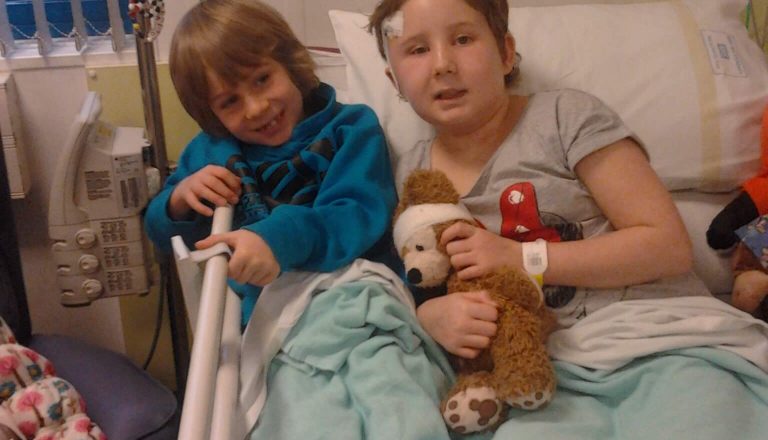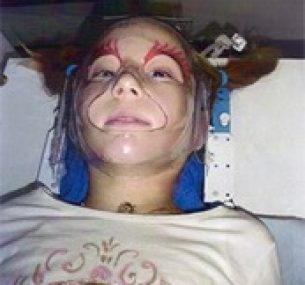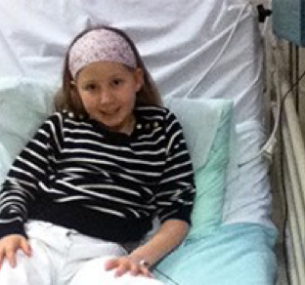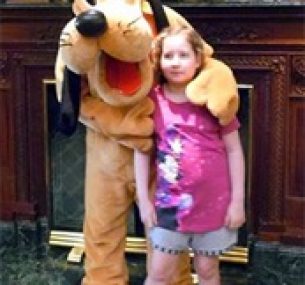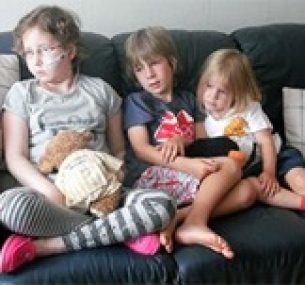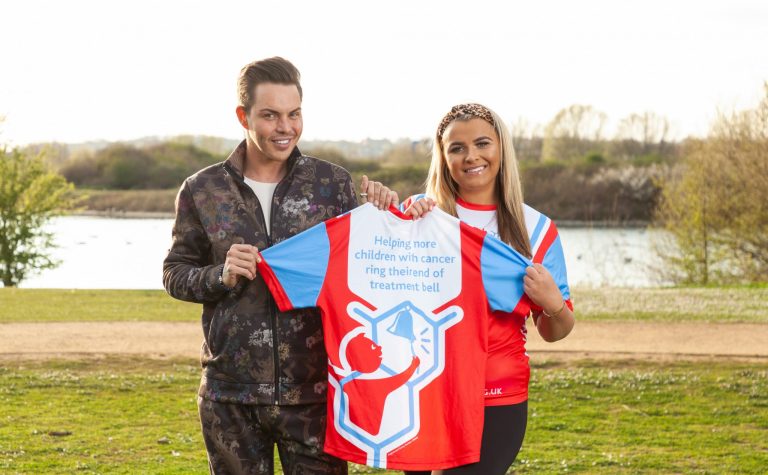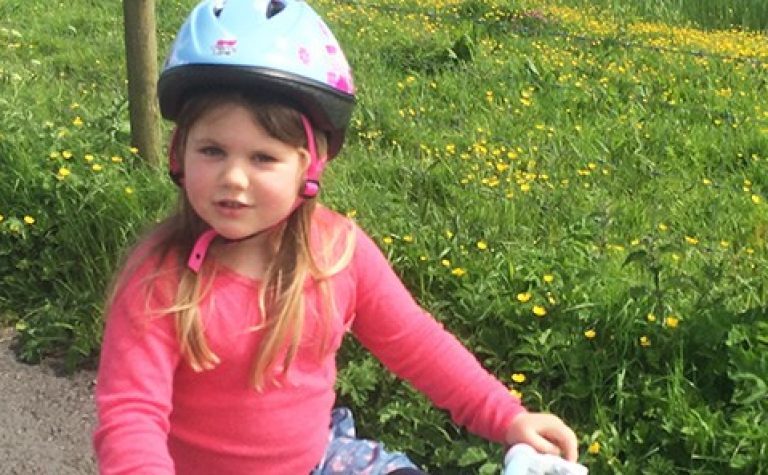What does a brain tumour headache feel like?
In early 2011, Olivia’s brain tumour symptoms started with headaches and vomiting about once a month. The doctor diagnosed this as migraines. Sometimes these were followed by a few days of a feeling of pressure in her head and being unsteady and tripping up, but this always resolved within a few days.
We took Olivia to the opticians and she was found to have normal vision in both eyes, and this carried on until July 2011. Now Olivia’s eyelids were puffy and her eyes were only half open – some days were better than others. The doctor diagnosed this as hay fever.
The headaches continued until August 2011 when Olivia had a severe headache with vomiting, which lasted five days. Olivia was now unable to lie flat and was either vomiting or nauseous most mornings. Olivia kept getting a sensation – which we later found out was pressure in her head – which she described as ‘feeling like she was going to die’.
We called NHS Direct and they diagnosed her with a sickness bug. It was now early September and Olivia was not getting any better. We took another trip to the doctors and listed all of Olivia’s symptoms: headaches once a month, daily nausea and vomiting with an inability to lie flat, excessive thirst, going to the toilet a lot, weight loss, droopy eyelids, and a feeling like she was going to die. This time acid reflux was diagnosed and treatment was given for that.
Over the next few weeks, Olivia got worse. There were lots of trips and phone calls to the GP and a referral was made to a paediatric gastroenterologist. The appointment was for a few months’ time.
